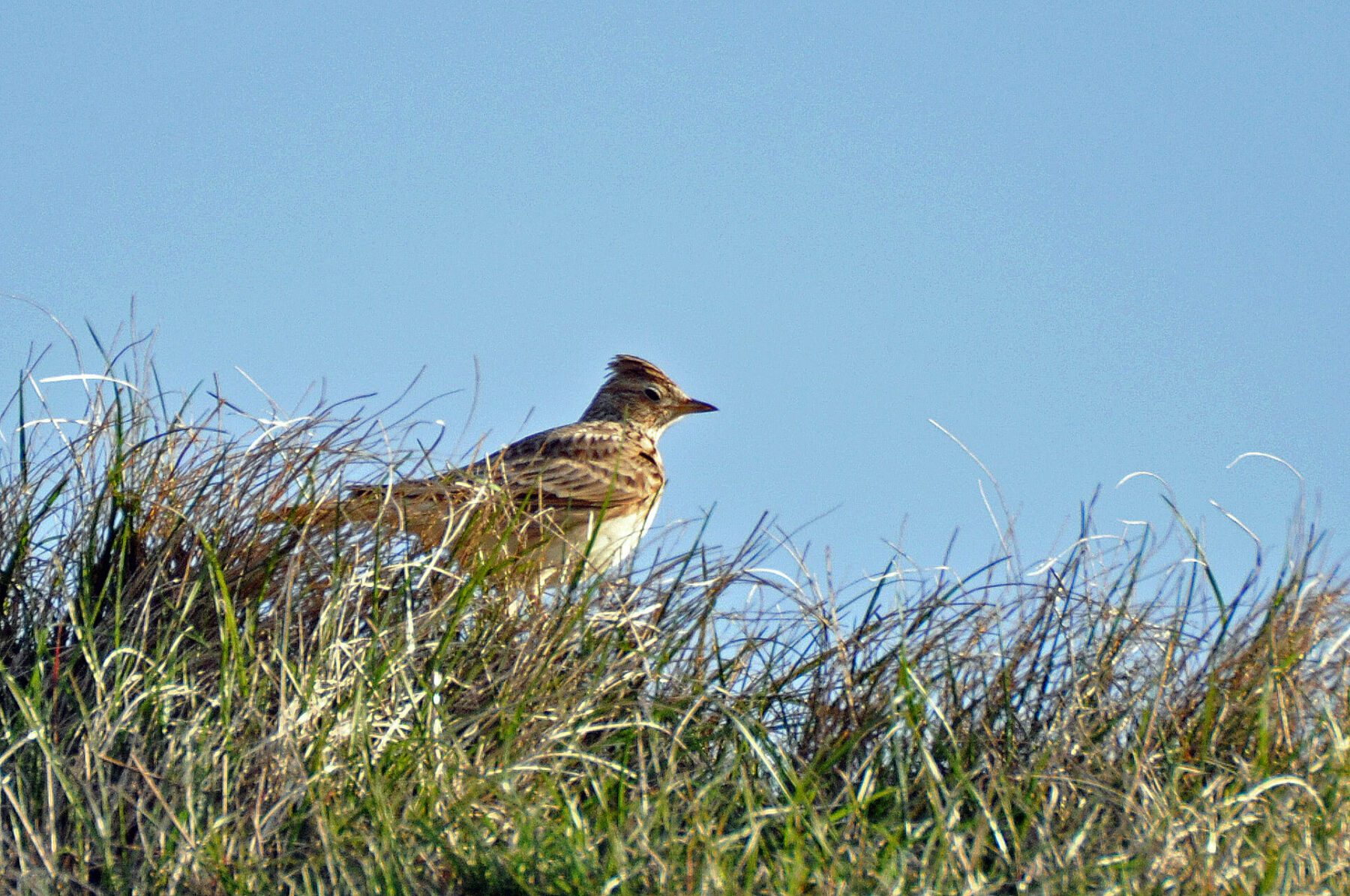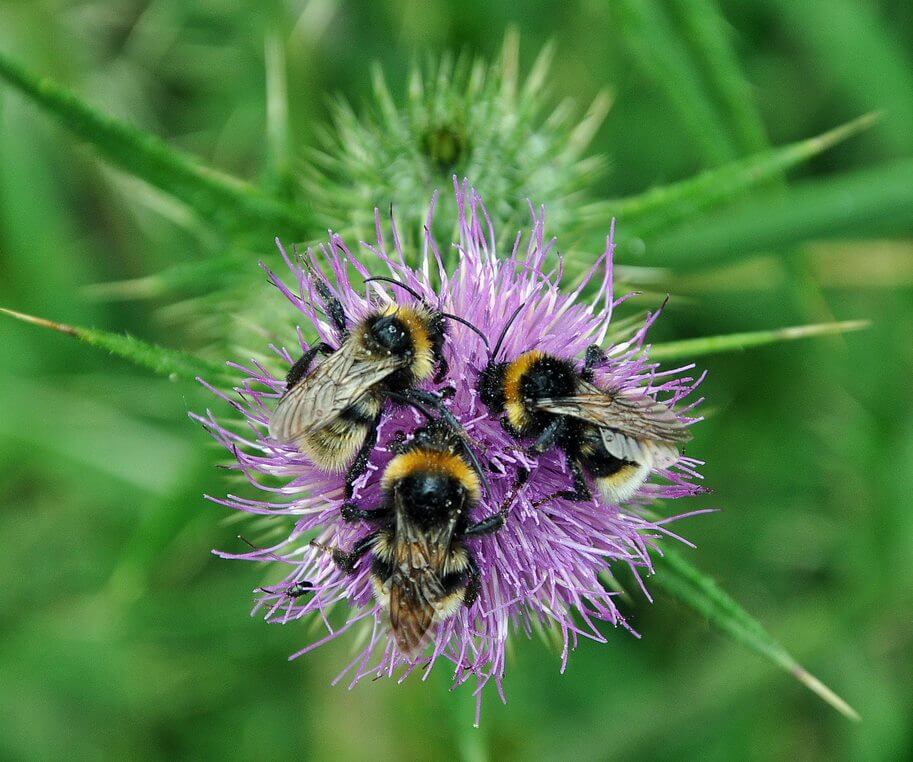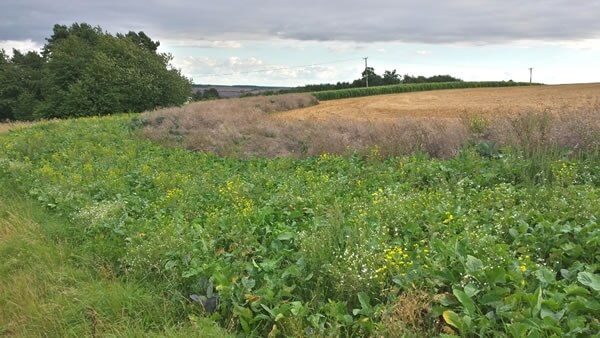Long Term Wildlife Monitoring
Since the creation of the Allerton Project we have undertaken a series of continuous wildlife surveys of our estate from our 1992 baseline, while the GWCT Farmland Ecology Unit has unparalleled datasets of farmland invertebrates going back to the 1960s as part of its Sussex Study Sussex Study – Game and Wildlife Conservation Trust (gwct.org.uk).
These long-term monitoring projects are invaluable in enabling us to take a long-term view on ecological change in the wider farmed landscape, and how certain species react to changes in management. This has helped us to develop the ‘three legged stool’ approach to conservation, applying the three key principles of habitat creation, supplementary feeding and legal predator control.
Since 1992, we have seen a sustained 97% increase in songbird numbers at the Allerton Project alongside a 53% increase in Biodiversity Action Plan priority songbird species. We have also recorded a 1200% increase in brown hare numbers in this time, alongside a 35% increase in macro-moth numbers in opposition to the national trend which has seen a similar level of decline. Importantly, we have achieved these levels of population increase alongside our operations as a modern, conventional mixed farm.







